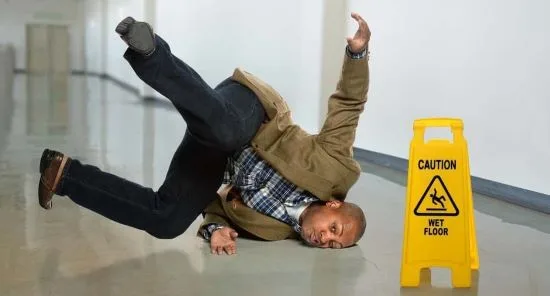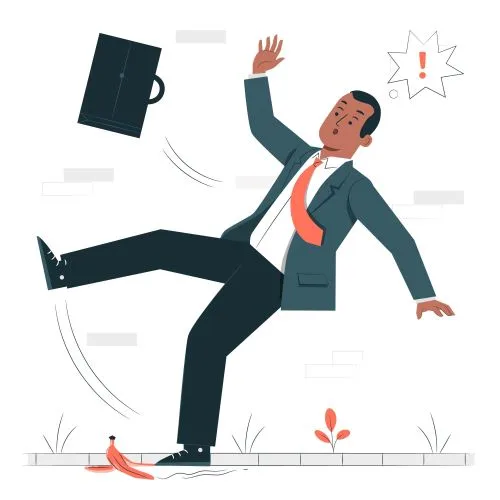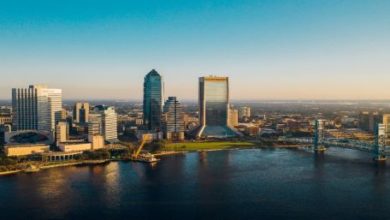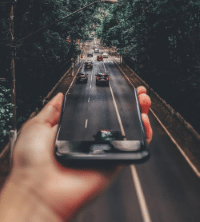The Questions a Plaintiff May Face During Slip and Fall Deposition

Slip and fall accidents can occur anywhere and are a common cause of injury in America. They can happen in private or public spaces, such as sidewalks, driveways, schools, parks, construction sites, offices, and nursing homes.
When an individual chooses to take legal action as a plaintiff in a slip and fall case, they may encounter deposition, which is an essential part of the legal process. A slip and fall deposition involves the plaintiff providing sworn testimony concerning the incident. It is important to be ready for the types of questions that may arise.
Some questions may seem offensive but are permissible, and others may seem reasonable but are not permissible, which could be confusing and intimidating if you are alone. Experienced lawyers, like the slip and fall accident attorneys at Banderas Law, have an exceptional understanding of the complexities of these cases and often help clients deal with them.
A lawyer is always dedicated to advocating for the rights of those injured in slip and fall accidents by gathering evidence and preparing for depositions. The key questions that plaintiffs may encounter during their slip and fall deposition entail:
-
Personal Background
Plaintiffs may be asked to provide their details, such as their name, date of birth, and address. They might also be asked questions about current employment, educational background, and household composition. These questions may seem unrelated to the slip and fall accident, but they give context for comprehending the circumstances of the plaintiff and any possible effects on their case.
-
Details of the injuries sustained
Plaintiffs may be required to provide a description of the nature and extent of their injuries, as well as any medical treatment they received. Noting down medical expenses and injuries is important for damage calculation and seeking compensation for pain and suffering, lost wages, and medical bills.
-
The conditions surrounding the incident
Plaintiffs can be asked questions about the circumstances or conditions that led to the accident. Attorneys may ask about the location where the incident happened, the hazards present, and the condition of the premises.
A detailed account of what exactly happened can make the plaintiff’s case stronger and assist in establishing liability on the part of the manager of the property.
-
Contributory negligence
Some slip and fall cases may have the defense arguing that the plaintiff’s actions led to the accident. Hence, plaintiffs may be interrogated about the behavior that led to the incident, such as whether they encountered distractions or were not wearing the appropriate footwear.
Truthfully addressing these questions and giving explanations can assist in mitigating any contributory negligence claims and bolstering the plaintiff’s case.
-
Previous knowledge of hazards
Questions about the plaintiffs’ awareness of any dangerous conditions on the property where the accident happened may be asked. The attorneys may ask to know if the plaintiff observed any warning signs or if they had met similar hazards before. Knowing the plaintiff’s awareness of possible risks can have an impact on the results of the case and determine the rate of negligence on the property owner’s part.
-
Incident documentation: Video evidence and photography

Inquiring whether the plaintiff was alone or was anyone else present during the accident is a crucial question that may arise during a slip and fall deposition. If there is visual evidence, it can dramatically impact the case’s outcome. Visual evidence is usually acquired in two ways:
- Video footage: Video recordings from the accident, such as the plaintiff’s movements and actions taken by third parties, can give a different view of the circumstances that led to the accident. This can serve as persuasive evidence to indicate liability on the part of the owner of the property.
- Photographic evidence: Images captured by the plaintiff or another person during or after the accident event can offer important insight concerning conditions at the time of the accident. Photographs may show defects, hazards, or any other factors that contributed to the slip and fall accident, hence solidifying the plaintiff’s case.
Conclusion
Slip and fall depositions are significant in the legal process, giving both parties a chance to present testimony and evidence. Understanding the type of question faced during deposition can enhance the plaintiff’s preparation for the proceedings and work towards getting a satisfactory outcome in their case. Slip and fall accident attorneys are often devoted to offering guidance to clients through each step of the legal process and ensuring they get just compensation for their losses.




